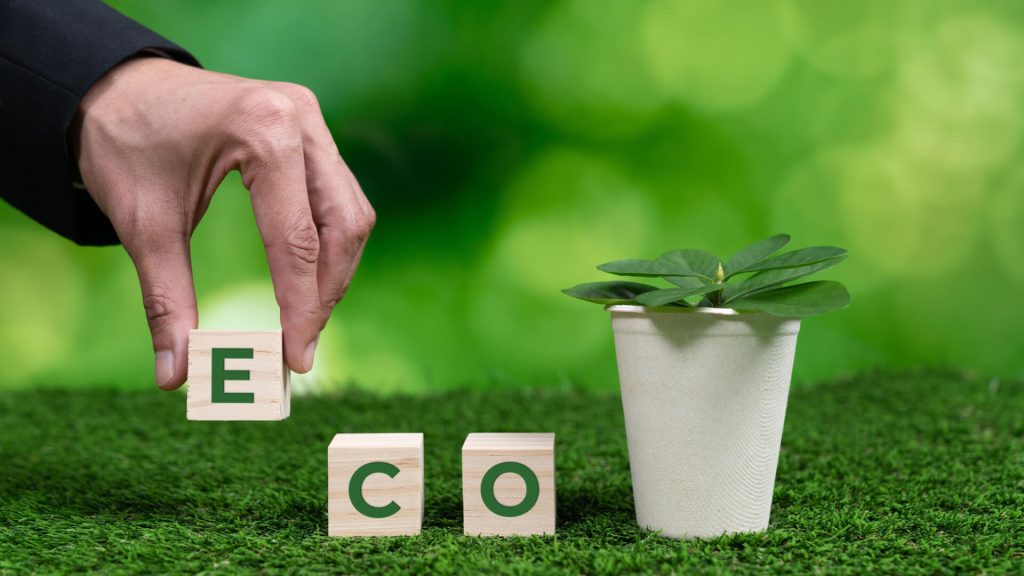In today’s environmentally conscious world, consumers are increasingly seeking sustainable alternatives for everyday products. Paper, a ubiquitous necessity, is no exception. Traditional paper production has raised concerns about deforestation and resource depletion. This begs the question: is bamboo paper a viable eco-friendly alternative?
Traditional Paper: The Environmental Footprint
Paper production primarily relies on wood pulp, sourced from trees. While responsible forestry practices exist, traditional paper manufacturing can have a significant environmental impact:
- Deforestation: The paper industry is a major contributor to deforestation, impacting biodiversity and disrupting ecosystems.
- Water Consumption: Pulp production requires large quantities of water, placing a strain on freshwater resources.
- Chemical Use: Bleaching and processing wood pulp often involves harsh chemicals that can pollute waterways.
- Greenhouse Gas Emissions: Deforestation and processing contribute to greenhouse gas emissions, impacting climate change.
Bamboo Paper: A Sustainable Alternative?
Bamboo has emerged as a promising alternative to traditional paper sources. Here’s why:
- Rapidly Renewable Resource: Bamboo is a fast-growing grass that can mature in just a few years, unlike trees that take decades. This makes it a more sustainable source of raw materials.
- Low Land Footprint: Bamboo requires less land than trees to grow in dense bamboo groves, minimizing land-use pressure.
- Reduced Water Consumption: Bamboo thrives with less water than trees, making it a water-efficient crop.
- Biodegradable and Compostable: Bamboo products, including paper, are biodegradable and compostable, returning nutrients to the soil at the end of their lifespan.
Beyond Sustainability: Benefits of Bamboo Paper
While environmental benefits are a major draw, bamboo paper offers several other advantages:
- Softness and Strength: Bamboo paper is known for its luxurious feel and surprising strength, often exceeding the quality of traditional paper.
- Natural Whiteness: Bamboo fibers have a natural white color, eliminating the need for harsh bleaching chemicals.
- Durability: Bamboo paper can be a more durable option, particularly for documents requiring long-term storage.
Is Bamboo Paper the Perfect Eco-Solution?
While bamboo paper offers significant environmental advantages, it’s not without its limitations:
Processing Concerns: The processing methods for bamboo paper can vary. Some methods may involve harsh chemicals, negating the environmental benefits.
Transportation Footprint: Depending on the production location and transportation methods, the carbon footprint associated with bamboo paper can be a concern.
Limited Availability: Bamboo paper is still a niche product compared to traditional paper, and availability may be limited in some regions.
Choosing the Right Paper: Considerations for Eco-Conscious Consumers
Here are some key factors to consider when choosing between bamboo paper and traditional paper:
- Source and Processing: Look for bamboo paper brands that prioritize sustainability throughout the production process. Certifications like FSC (Forest Stewardship Council) for responsibly sourced bamboo and chlorine-free processing are good indicators.
- Availability and Cost: Bamboo paper may be more expensive and less readily available than traditional paper. Weigh the environmental benefits against your budget and accessibility.
- Paper Usage: Consider the purpose of the paper. For everyday tasks like printing or note-taking, recycled paper can still be a viable eco-friendly option. Reserve bamboo paper for special occasions or documents requiring long-term storage.
Related: Fort Knox on a Budget: Top Affordable Smart Home Security Gadgets for 2024
Conclusion: Making Informed Choices
Both bamboo and traditional paper have their advantages and disadvantages. There’s no single “perfect” solution. The most eco-conscious choice depends on your specific needs and priorities. Here are some key takeaways:
- Reduce Reliance on Paper: Regardless of the type of paper you choose, the most impactful strategy is to reduce your overall paper usage. Explore digital alternatives for documents and communications whenever possible.
- Embrace Recycling: Choose recycled paper whenever possible and ensure proper recycling of used paper products.
- Support Sustainable Brands: Look for companies that prioritize sustainability throughout the supply chain, from sourcing materials to processing methods.
By making informed choices and adopting sustainable practices, we can collectively minimize the environmental impact of paper production. Every step counts in creating a more sustainable future for our planet.



